Leptosure
Leptospirosis in New Zealand
Leptospirosis is a disease caused bacteria in the genus Leptospira. It is a zoonotic disease - which means it infects animals, but infection can also be passed on to people.
In animals, the infection is often subclinical - meaning the infected animal does not appear unwell.
Although sometimes infection does cause visible illness in animals - especially young animals.
Infected animals shed bacteria in their urine.
People can become infected by direct contact with urine (e.g. urine splashes while milking or carcass dressing), or through contact with contaminated environments (e.g. slurry pit, waterway, or contaminated feed). Bacteria can enter the body through mucous membranes (nose, eyes, mouth), or via cuts in the skin.
People infected with Leptospira will often become unwell.
They may have symptoms similar to the flu:
- Fever/chills
- Headache
- Muscle aches
- Nausea/vomiting/diarrhoea
Some people will be more seriously affected, and may need to be hospitalised due to:
- Liver damage
- Kidney failure
- Brain swelling
- Heart failure
New Zealand has one of the highest rates of leptospirosis in the world.
The people at highest risk of infection are those who work with livestock - particularly farm workers, and meat processing workers. It is recommended that anyone working with livestock speaks to their employer about minimising the risk of leptospirosis infection.
Farmers looking to protect themselves and their staff should speak to their veterinarian about creating a leptospirosis risk management plan.
What is Leptosure?
Leptosure was developed by the Dairy Cattle Veterinarians' Branch of the New Zealand Veterinary Association as a national risk management programme to reduce the risk of human leptospirosis infection on dairy farms. Early versions of the programme were focussed on increasing the number of vaccinated dairy herds.
In New Zealand dairy cattle, vaccination rates are now very good - it is estimated more than 90% of dairy cattle are vaccinated against leptospirosis.
However vaccination rates for other stock classes are much lower - it is estimated fewer than 10% of sheep, beef cattle and deer are vaccinated.
While vaccination is very effective at reducing leptospirosis risk, recent research has identified an increase in the number of human leptospirosis cases caused by serovars ('strains') which are not present in the vaccines.
It is therefore important that any person working with livestock is aware of the other ways to reduce the risk of leptospirosis.
The focus of Leptosure has also changed in response to our changes understanding of leptospirosis risk - to acknowledge that vaccination is great, but is only one of many tools we should be using.
Leptosure resources are reviewed every 6 months to ensure your veterinarian is kept up-to-date with the latest research, and help you to reduce the risk of leptospirosis on your farm.
How does Leptosure work?
Leptosure is a working plan between a farmer (and all farm staff) and their veterinarian to minimise the risk of anyone on the farm contracting leptospirosis. It includes farm management practices as well as a robust vaccination programme.
Leptospirosis is regarded by Occupational Health and Safety (OSH) as a significant hazard and The Health and Safety in Employment Act 1992 is very specific about the role of the employer in identifying and protecting their staff from significant hazards.
Together, using the Leptosure resources, the farmer and veterinarian will:
- Develop a comprehensive vaccination programme. See the
-
Identify the specific hazards for the farm which could lead to staff contracting leptospirosis
- Assess the significance of each hazard
- Develop and implement a risk management programme that eliminates, isolates or minimises significant hazards
- Monitor and assess risk on an ongoing basis.
The plan will be reassessed on at least an annual basis, to ensure it is kept current.
For more information, contact us at leptosure@vets.org.nz
